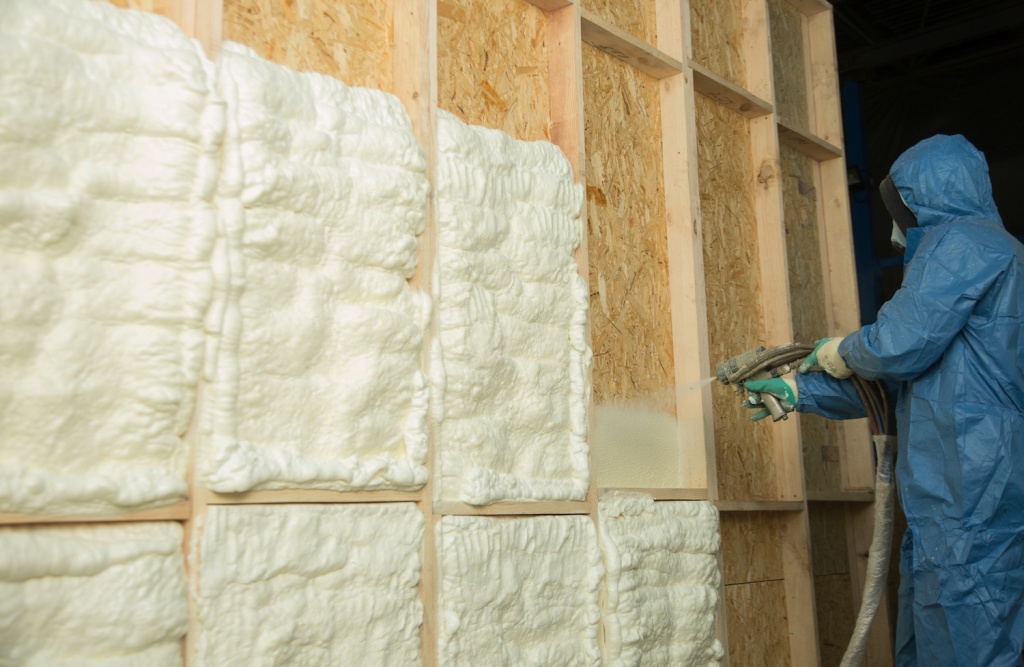CXBOS Insights
Your daily dose of news, insights, and information.
Insulation Confessions: The Warm Secrets Your House Has Been Hiding
Discover the hidden secrets of your home's insulation and unlock the warmth you've been missing! Don't let your home keep you cold!
5 Signs Your Home is Crying Out for Better Insulation
When it comes to maintaining a comfortable living environment, insulation plays a critical role. One of the most telling signs that your home is crying out for better insulation is the presence of significant temperature fluctuations. If you find yourself constantly adjusting the thermostat, this could indicate that your walls, attic, or floors aren't effectively retaining heat in the winter and cool air in the summer. Pay attention to drafts, especially near windows and doors, as they can signal poor insulating materials or gaps that allow outside air to infiltrate your home's interior.
Another sign to watch for is an increase in your energy bills. As your heating and cooling systems work overtime due to insulation issues, your monthly expenses can spike unexpectedly. If you've noticed that your bills have been creeping up without a corresponding change in usage, it’s time to investigate your insulation. Additionally, look out for visible signs like ice dams in winter or condensation on windows; these are clear indicators that your home is struggling with temperature regulation due to inadequate insulation. By addressing these issues, you can improve your home's energy efficiency and comfort level.

The Hidden Costs of Poor Insulation: Are You Paying More?
Many homeowners underestimate the hidden costs of poor insulation in their houses, which can lead to increased energy bills and unnecessary expenses. Inefficient insulation allows heat to escape during winter and enter during summer, forcing your heating and cooling systems to work overtime. This translates to higher energy consumption and inflated utility bills. In fact, studies suggest that homes with inadequate insulation can waste up to 30% of their energy use, leading to significant long-term financial losses.
Beyond inflated energy costs, poor insulation can also result in other hidden expenses. For example, it may contribute to moisture problems, which can lead to mold growth and structural damage, costing homeowners thousands in repairs. Furthermore, diminished comfort levels within your home may prompt residents to spend more on heating and cooling devices. Therefore, investing in proper insulation is not just about improving energy efficiency—it's a crucial step in avoiding these hidden costs and ensuring a comfortable, healthy living environment.
Is Your Attic Really Insulated? What You Need to Know
When it comes to home energy efficiency, one often overlooked area is the attic. Is your attic really insulated? The answer can significantly impact your heating and cooling costs. Insulation acts as a barrier to heat flow, keeping your home warm in winter and cool in summer. If your insulation is inadequate, you may be throwing money away on energy bills while compromising your comfort. Regularly checking the condition and depth of your attic insulation is essential for maintaining an energy-efficient home.
To determine if your attic is properly insulated, start by examining the insulation material and its thickness. Most experts recommend a minimum insulation depth of R-38 in attic spaces for optimal performance. Look for any signs of damage, such as moisture or mold, which can indicate that your insulation is not functioning effectively. If you find that your attic insulation is lacking, consider upgrading to a higher R-value material or adding more insulation to meet recommended standards.